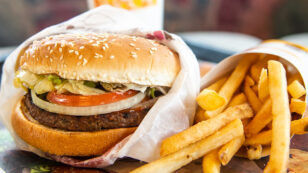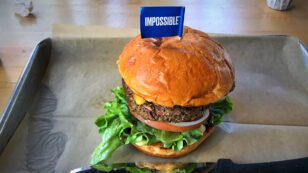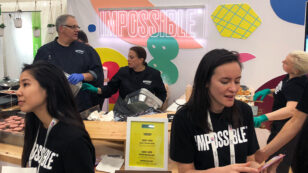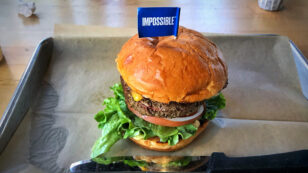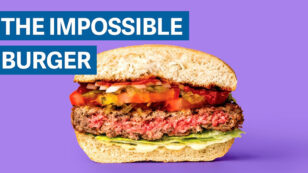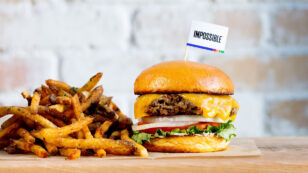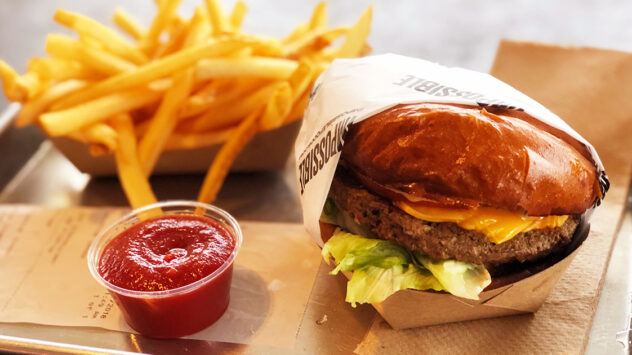
The Beef With the GMO Impossible Burger
By Jaydee Hanson In the foodie world, 2019 might as well be named The Year of the Impossible Burger. This plant-based burger that “bleeds” can now be found on the menus of Burger King, Fatburger, Cheesecake Factory, Red Robin, White Castle and many other national restaurant chains. Consumers praise the burger’s meat-like texture and the […]

 233k
233k  41k
41k  Subscribe
Subscribe 
